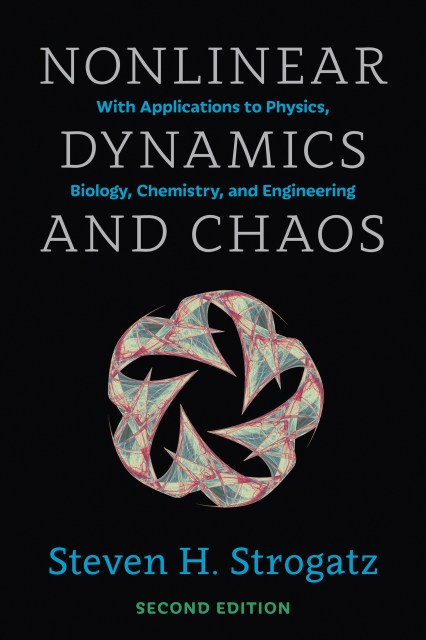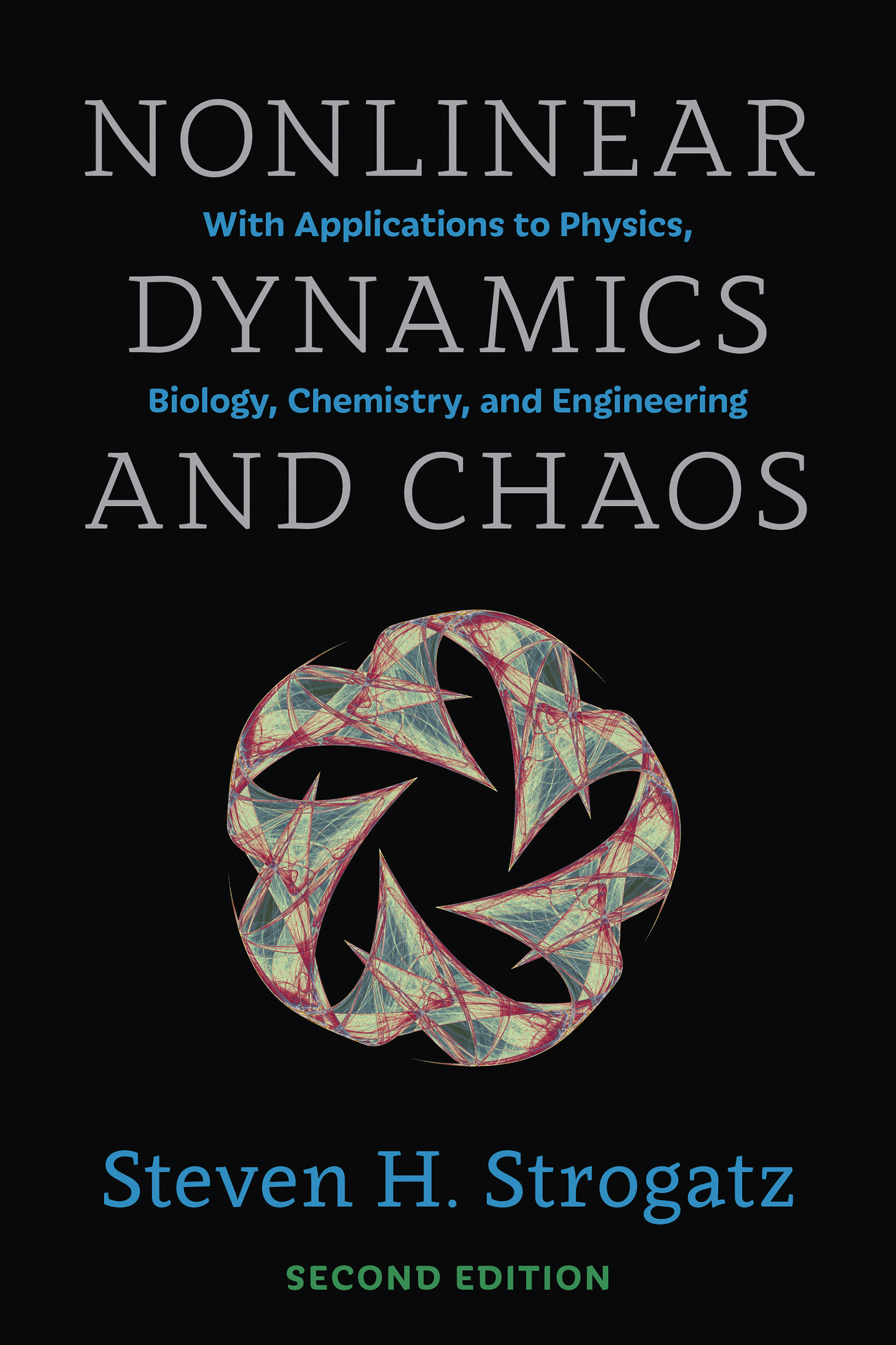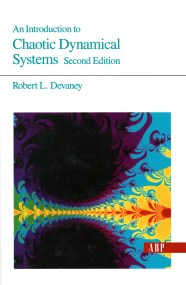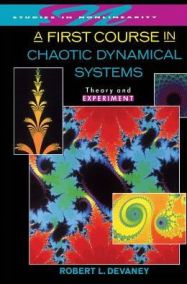Promotion
Use code MOM24 for 20% off site wide + free shipping over $45
Nonlinear Dynamics and Chaos
With Applications to Physics, Biology, Chemistry, and Engineering
Contributors
Formats and Prices
Price
$65.00Format
Format:
- Trade Paperback $65.00
- ebook $39.99
- Trade Paperback $76.99
This item is a preorder. Your payment method will be charged immediately, and the product is expected to ship on or around July 29, 2014. This date is subject to change due to shipping delays beyond our control.
Also available from:
This textbook is aimed at newcomers to nonlinear dynamics and chaos, especially students taking a first course in the subject. The presentation stresses analytical methods, concrete examples, and geometric intuition. The theory is developed systematically, starting with first-order differential equations and their bifurcations, followed by phase plane analysis, limit cycles and their bifurcations, and culminating with the Lorenz equations, chaos, iterated maps, period doubling, renormalization, fractals, and strange attractors.
A unique feature of the book is its emphasis on applications. These include mechanical vibrations, lasers, biological rhythms, superconducting circuits, insect outbreaks, chemical oscillators, genetic control systems, chaotic waterwheels, and even a technique for using chaos to send secret messages. In each case, the scientific background is explained at an elementary level and closely integrated with mathematical theory.
In the twenty years since the first edition of this book appeared, the ideas and techniques of nonlinear dynamics and chaos have found application to such exciting new fields as systems biology, evolutionary game theory, and sociophysics. This second edition includes new exercises on these cutting-edge developments, on topics as varied as the curiosities of visual perception and the tumultuous love dynamics in Gone With the Wind.
Genre:
- On Sale
- Jul 29, 2014
- Page Count
- 528 pages
- Publisher
- Avalon Publishing
- ISBN-13
- 9780813349107
Newsletter Signup
By clicking ‘Sign Up,’ I acknowledge that I have read and agree to Hachette Book Group’s Privacy Policy and Terms of Use











